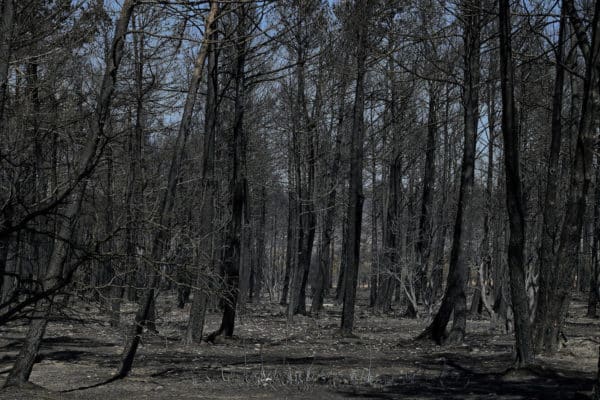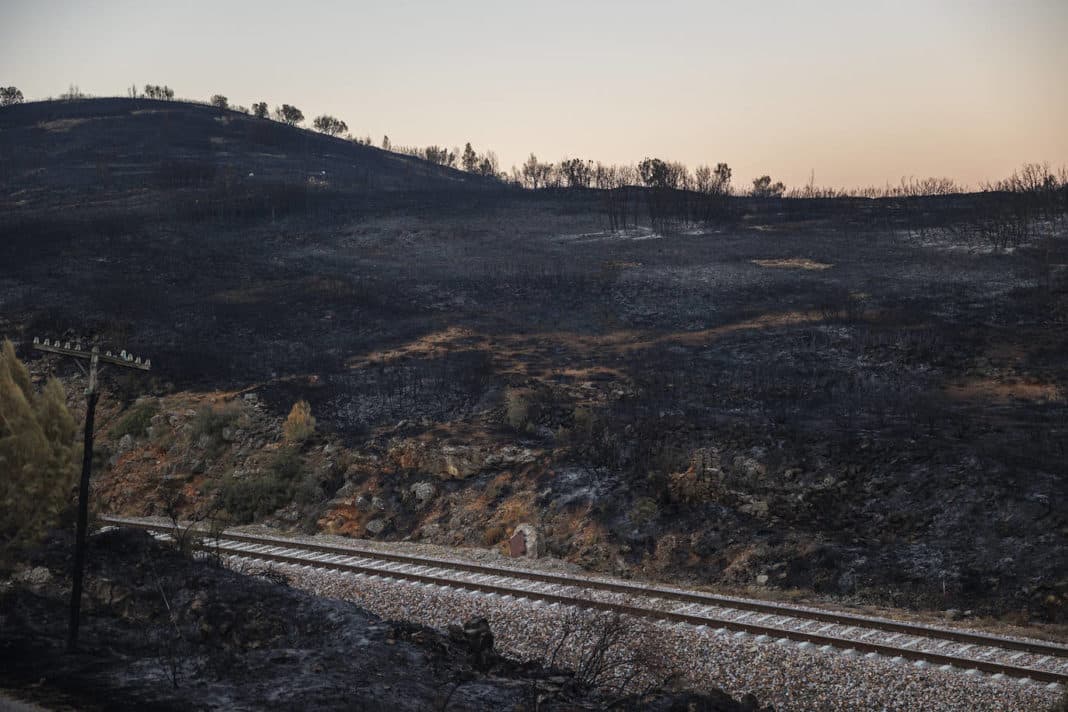- Forests in the community have been so badly damaged by recent fires they will need 30 years to regenerate
The fire in Alicante’s Vall d’Ebo, which in six days devastated 12,150 hectares in a 100-kilometre perimeter of the El Comtat and Marina Alta, has been the most devastating in the last decade. But the forest fires back 2012 in the area of the Serelles de Alcoy and Cocentaina natural park as well as between the Torre de les Maçanes, Benifallim and Penàguila; in September 2016 in the Granadella de Xàbia and in July 2019 in the Sierra La Solana de Beneixama, also reduced huge areas of Mediterranean forest to ash, causing serious environmental and economic damage and the irreparable loss of human and animal life.
These have been the five most destructive forest fires that the province has suffered in the last ten years and their effects are still visible both in Serelles and in Torre de les Maçanes, Granadella and La Solana.
In the very best case, they will take up to three decades to completely regenerate their plant mass.
DANA is another atmospheric phenomenon that is becoming more frequent due to climate change and it too represents an added danger for the environmental recovery of the burned out mountains. The Sierra de La Solana de Beneixama has borne the brunt and despite the abundant rains recorded in the spring of 2020, the area barely sprouted any vegetation due to the cold weather that hit the province in September 2019, just two months after the flames devastated 862 hectares of forest and agricultural land.
When the soil was devoid of vegetation, the torrential rains dragged the ashes and nutrients down the slopes and ravines, thus depriving the sierra of its natural survival capacity.

The Alicante forests are dominated by the Aleppo pine, which is a species that germinates very well after fire. Under normal conditions, burned pine forests usually have a good regeneration if they are mature. In autumn the buds begin to germinate and if the weather conditions are not adverse, the pine forest can fully regenerate itself in 30 years. However, this period of time can be shortened or lengthened by virtue of various factors, but if the area is devastated by flames twice in a margin of ten years, the situation is practically irreversible.
In such a case the trees have not been able to reach maturity and then the forest is completely lost because the young pines do not produce seeds every year.
DANA also has a strong soil erosion component and is a heavy burden for regeneration. And it is not the only problem. Droughts and high temperatures brought about by climate change limit the water available in the mountains. An added adversity that limits the growth of burned vegetation, slows it down and even eliminates it.

The most problematic areas are the sunny areas – like the one that burned 3 weeks ago in the Sierra del Caballo de Petrer – because they have very little water availability. The ecologist, biologist and university professor Fernando Tomás Maestre Gil warns that “these areas are very difficult to recover and some of them will be impossible to return to their original state.” In these cases, he is in favour of following up with specific plantations, with shrub or herbaceous species adapted to a lower water requirement instead of depending on tree species such as pines.
In order to speed up the recovery of forests following the fires, it is very important to be careful with the hydrological-forestry actions to be carried out. In those places where there is loss of soil in autumn due to torrential rains, it is important to carry out specific actions in the areas with the steepest slopes or ravines, installing small masonry dams to retain the sediments with wooden barriers, which are very effective. You can also use the mulch system of straw or crushed wood debris that spreads forming a layer of organic matter on the ground.

Fernando Maestre Gil also considers it a mistake to succumb to the pressure to rapidly reforest the burned areas by planting trees as soon as possible. In his opinion, in most cases it is not recommended because it has been shown that pine forests and thickets regenerate more effectively and efficiently under natural conditions. “Replanting must be considered at a later stage, a year two after the fire, if satisfactory development does not occur,” he points out.





